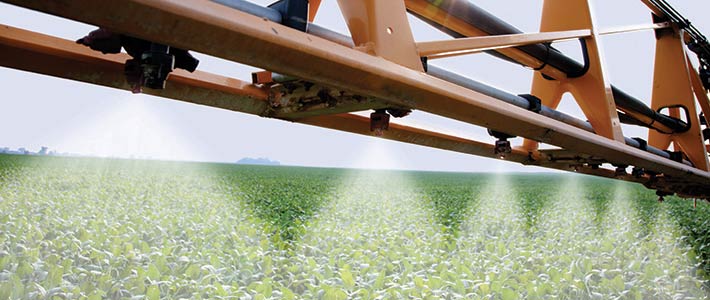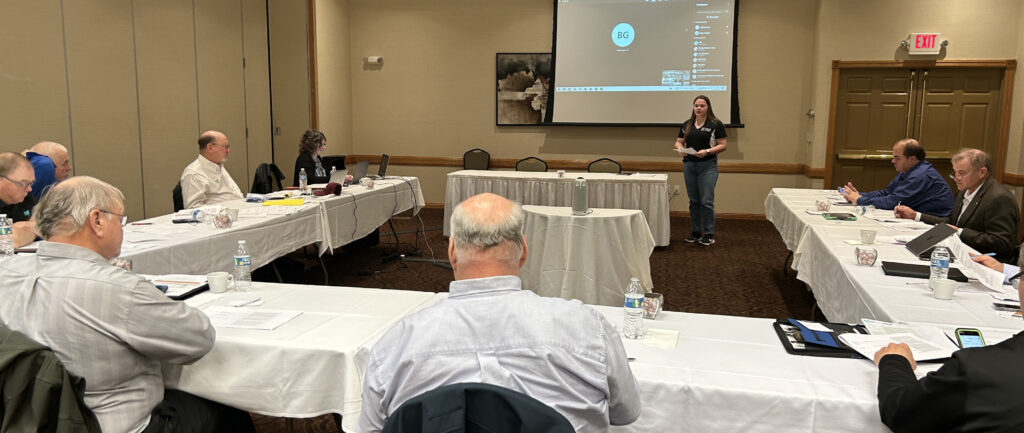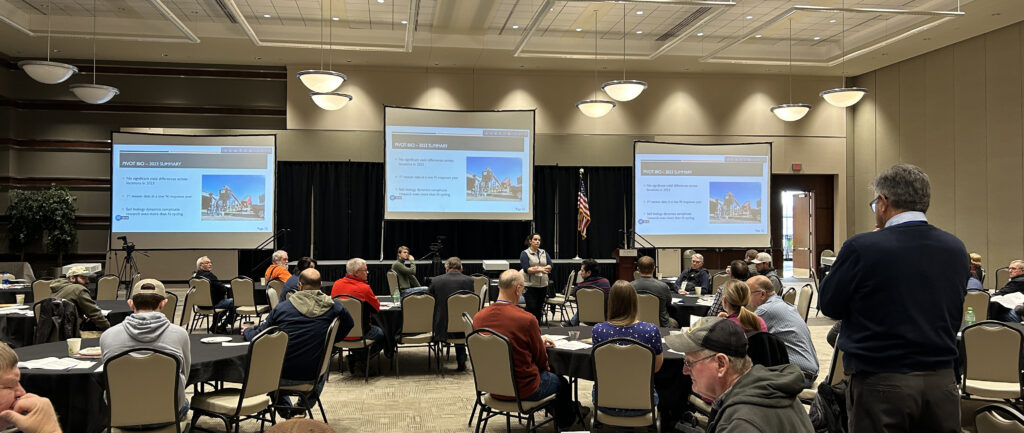Earlier this month, the Enviromental Protection Agency (EPA) announced approval of the label for XtendiMaxTM with VaporGripTM Technology, an extremely low volatility dicamba formulation for use in dicamba tolerant soybeans and cotton.
There are multiple articles available online with updates on what is known about this product, the most succinct being ‘The XtendiMax Label for Xtend Soybeans. The product will provide options to control some glyphosate-resistant, broadleaf weeds, however, there is a lot of concern with this and similar products.
After reading and listening to multiple reports, it becomes obvious utilizing an adequate drift management program will be required if this technology is to remain a useful tool for soybean growers. This diglycoamine (DGA) formulation of dicamba with the specialized volatility reduction agent (VaporGrip™) appears to be much less volatile than previous formulations of dicamba. But it may still be subject to some vapor drift issues. The EPA and Monsanto recognize this. To this issue, much of the label has to do with managing drift.
As one reads the label, several things will be of concern.
First, tank mixing of adjuvants and other chemicals is currently not allowed. Monsanto is developing a website (currently inactive) to help growers address this issue.
We know at least one common adjuvant, ammonium sulfate, is not to be tank mixed with XtendiMax™ as it increases probability of volatility issues. Currently, it appears tank mixing XtendiMax™ with other compounds will not be allowed. This will be problematic for many growers. Check the above link regularly as it will have the most current information regarding these questions.
There will be a rate-dependent, downwind buffer area required for sensitive crops and sensitive areas. While most farmers understand sensitive crops, such as conventional soybeans and tomatoes, the sensitive area includes those species designated by the EPA as threatened/endangered.
This adds a great deal of confusion to interpretation, as this includes all threatened/endangered species, not just plant species. The buffer area can include crops such as corn, which may legally receive applications of other formulations of dicamba. But areas that may have threatened/endangered species may, or may not, be included. Clarification of these fine points will be delivered in the future.
Development of weed resistance to dicamba is of concern. The label requires Monsanto to monitor and report occurrences of weed resistance to this product to the EPA. Monsanto will be hiring a network of people to be “boots on the ground” and respond to calls and concerns of effectiveness of this product, help document issues of resistance, and provide educational opportunities for growers as to the proper use of the Xtendimax™ system, drift management and herbicide resistance. Monsanto representatives have stated the company will provide educational material and personnel to help growers learn to properly use their product.
Minnesota Soybean looks forward to the development of technology to help the profitability and sustainability of soybean growers. This new technology is not a silver bullet, but rather an additional tool for the tool box. We advise all growers to examine the integration of any new technology closely, and implement the tool to the best benefit of their operation, not someone else’s pocketbook.
David Kee is the Director of Research for MN Soybean and can be reached at david@mnsoybean.com or 507-995-1865
Tags: Dicamba






